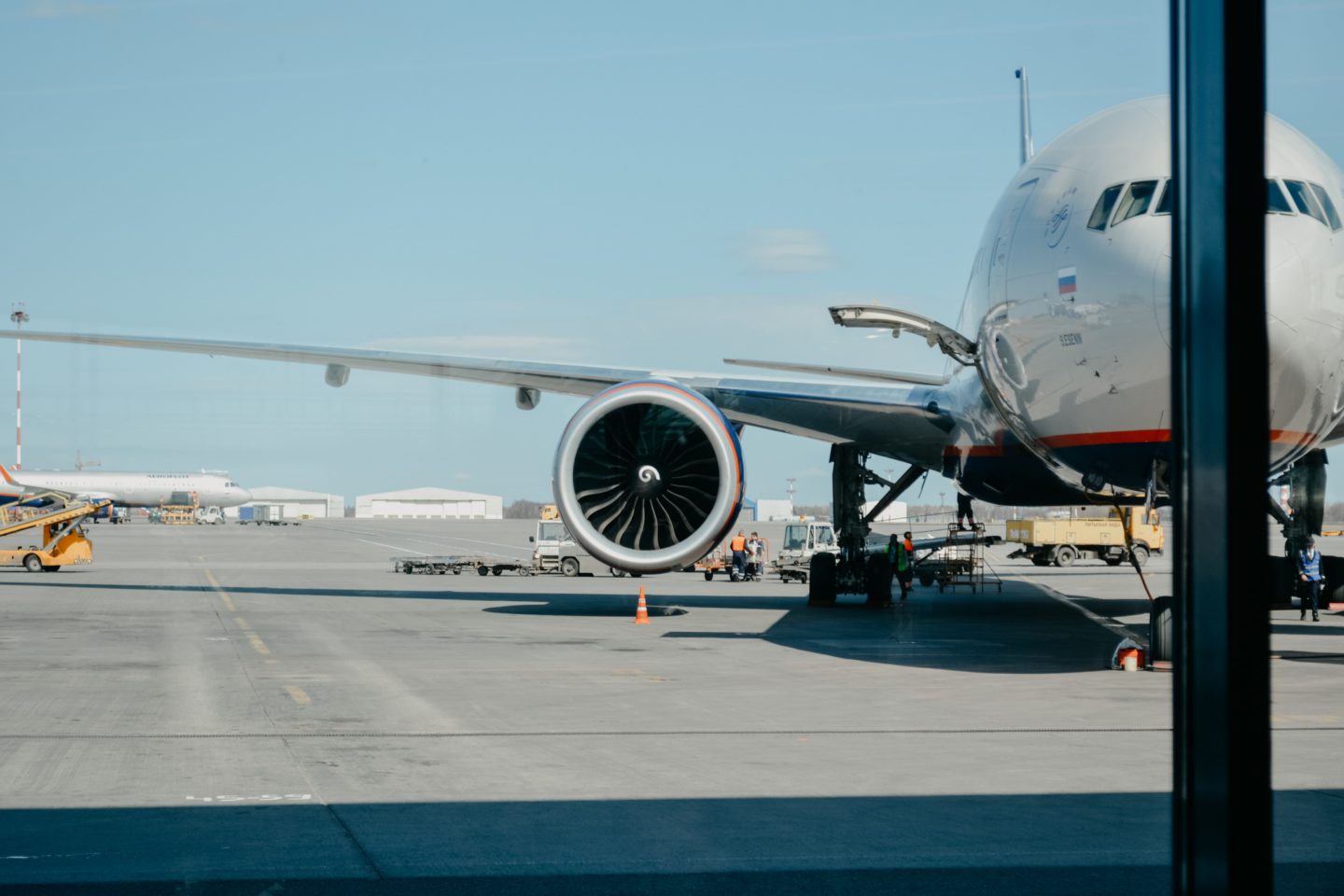We therefore focused on the most promising actionable lever – a reduction in the number of flights taken. Our simulation shows that it is perfectly feasible to achieve the necessary 90% reduction in emissions through an 85% decrease in the number of flights along with improvements in efficiency. This would clearly involve significant changes from today. Passenger transport activity would need to contract to 1.32 trillion passenger kilometers by 2050, about the same level as in 1984, representing an annual reduction of around 7.3%, while average load factors would need to rise to 90% compared with 82% before COVID-19.
To pay for the removal of the remaining 10% of emissions, we propose the creation of a Negative Emissions Fund for Airlines (NEFA) with a contribution by airlines of $230 per ton CO2, which is entirely affordable for typical frequent flyers. NEFA could invest $3.3 trillion over 40 years in high-quality removal projects with significant biodiversity and societal co-benefits. This mechanism would truly neutralize all direct climate impacts of global aviation while avoiding crowding out other sectors which also need negative emissions.
We also propose a financing and governance model for the fund suited to the international context in which airlines operate, with aviation treated as a virtual country with its own nationally determined contributions (NDCs) within the United Nations Framework Convention on Climate Change (UNFCCC) process.
While our proposal may stand out in its scale and ambition, it builds on established foundations of international cooperation and “polluter-pays” principles. But even if NEFA can be implemented in the real world, as we argue in the paper, how would it affect practitioners?
If low-cost flights stop, the average flight cost doubles to fund climate neutrality, and the number of available flights is 15% of the 2019 level, what would it mean for large companies, academia, agricultural communities, or airlines themselves?
Large companies
Most obviously, the total cost of flying would go down by two thirds, and videoconferencing would be used even more than today. Over time, globalized supply chains might be at a disadvantage and could be reconfigured to become more regional or local, with only a few components truly globally sourced – for example, specialized microprocessors. As this would happen over two decades, there is time to adjust, and in the process make supply chains more resilient, circular, and sustainable. Now is the time to rethink business models, eliminate planned obsolescence, and start curbing extraction, material, and energy use. However, given the time needed to reconfigure supply chains, planning should start immediately, starting with new products and services.
Academia
In terms of operations, reducing academic staff travel would just be the beginning. This would mean more local or regional conferences, with fewer participants, remotely connected to related events elsewhere when needed, but little flying. Executive or other learning programs could be planned in ways that would minimize travel – adjusting schedules, combining events, on-site teams remotely connected to other teams, and longer and more local gatherings incorporating multiple activities. More fundamentally, helping society to rapidly adjust to a post-fossil fuel, limited extraction world could become an essential focus of research and teaching, especially in business education.
Agricultural communities
Any transition towards sustainability will only work if it benefits communities and wins their support. Climate change, biodiversity loss, soil depletion, and very different precipitation patterns are already affecting almost every agricultural community in the world, and they must adapt to these threats in order to survive. A limitation in air transport capacity will also impact global food exports, reducing the markets available to many agricultural communities, which would be extremely challenging, especially for disadvantaged populations. On the other hand, continuing today’s agricultural trajectory will lead to a collapse in ecosystem services, including food production, which would disproportionately affect such communities. There is no single solution, but our proposal mobilizes around $100 billion each year for decades to invest in nature-based solutions, with most carbon removal projects managed by and for the benefit of local communities in participating countries. Restoring and protecting wetlands, mangroves, corals, forests, and other ecosystems would all qualify, as would soil health projects, which would also improve food production resilience.
Airlines
Surprisingly, aviation is perhaps the easiest sector to adapt, even though it is the one that will be transformed most by the transition to climate-neutral aviation. Predictable flight reductions would facilitate investments and asset management, hiring and training, flight route planning, ultimately ensuring service quality. Reporting guidelines developed for the current Carbon Offsetting and Reduction Scheme for International Aviation (CORSIA) could be adapted. The 25-year transition period is longer than the timeframe airlines had for previous adaptations, even before COVID-19. The 1980s, the reference period for the number of flights, was a profitable and predictable period for airlines. Most importantly, in a world of constrained resources, becoming climate neutral would renew airlines’ social license and ensure the future of the aviation sector.





